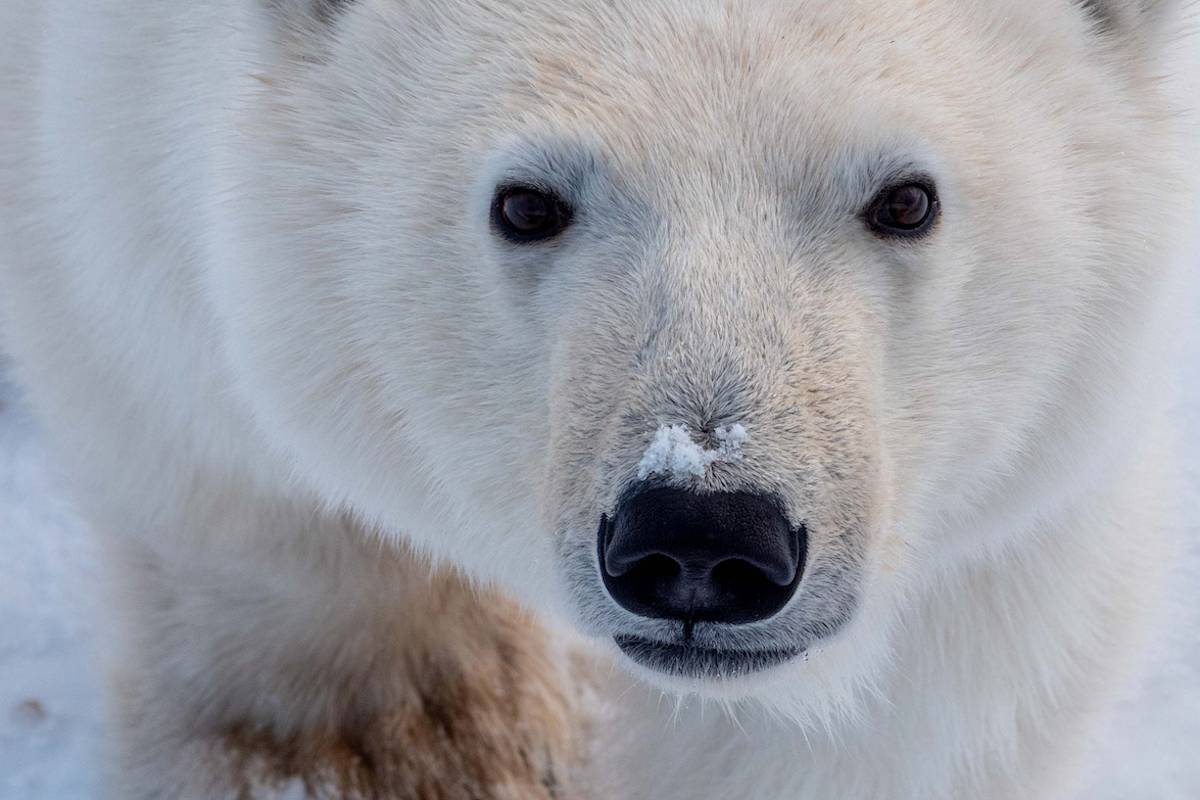
Photo: Kieran McIver / Polar Bears International
Polar Bears & Past Warm Periods
MINS
04 Feb 2022
“The fossil evidence shows that, in the past, polar bears disappeared from more southerly areas during warm periods. What’s more, today's projected climate warming is far more intense than anything the species has seen in its evolutionary history.”
Fossil evidence makes clear that polar bears were found much further south in Sweden, Denmark and Norway during cooler periods about 10,000 to 12,000 years ago. As the climate warmed, polar bears disappeared from these southern areas.
The last warming period was the Medieval Warm Period (800-1300 A.D.) and the fossil record shows that polar bears were found in Greenland and Arctic Canada at this time. Little is known about the ice conditions during this period, but there are indications that it did not change substantially at higher latitudes, meaning that polar bear habitat was largely intact there.
This correlates with the report from the Intergovernmental Panel on Climate Change that states that the warming during the Medieval Warm Period was not necessarily widespread. In fact, there is evidence that in some areas the climate cooled during the Medieval Warm Period. Most important to note is that the period from 1100 to 1200 A.D. was "not warmer than the late 20th century" (Bradley et al., "Climate in Medieval Time," Science October 2003).
The most important consideration for polar bears looking into the future is that today's projected climate warming is far more rapid and intense than anything the species has seen in its evolutionary history. People who are suggesting otherwise are either uninformed or have chosen to ignore the overwhelming scientific evidence on this point. Climate warming results in habitat loss for polar bears and the ecosystem upon which they rely. Habitat loss is a very well documented cause of species range contractions and extinctions across all ecosystems.
Ultimately, the future of polar bears hinges on how warm the climate gets. Scientists have predicted that polar bears will likely persist in the high reaches of the Canadian Arctic and northern Greenland to the end of the century. Of course, this assumes that a smaller population is still genetically and demographically viable and that no serious disease or pollution issues emerge. These latter considerations are often the critical components of a species' demise when forced into a fraction of their former range.
If the carbon build-up and the warming trend continues, however, bears in the high reaches of the Arctic may become extinct as well. Timely action is needed on the part of worldwide leaders to avert this crisis.
Answered by Dr. Andrew Derocher, Professor of Biological Sciences at the University of Alberta and a scientific advisor to Polar Bears International.

Photo: Jenny Wong
Meet Our Scientists
With researchers based in the U.S., Canada, Denmark, and Norway, our impact spans the circumpolar Arctic.















